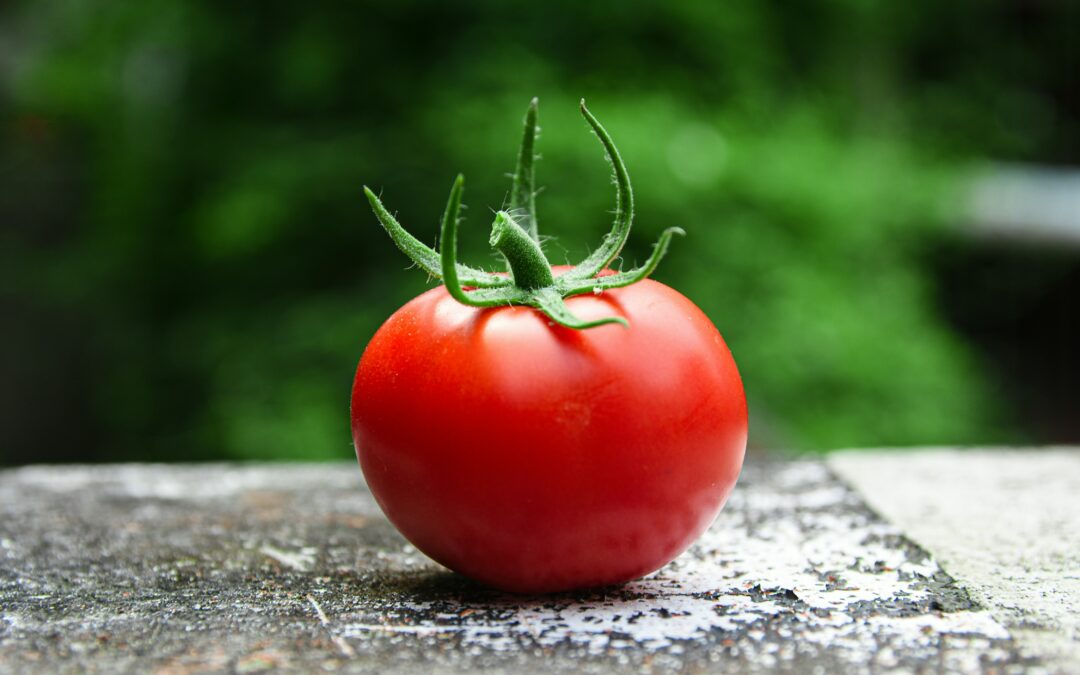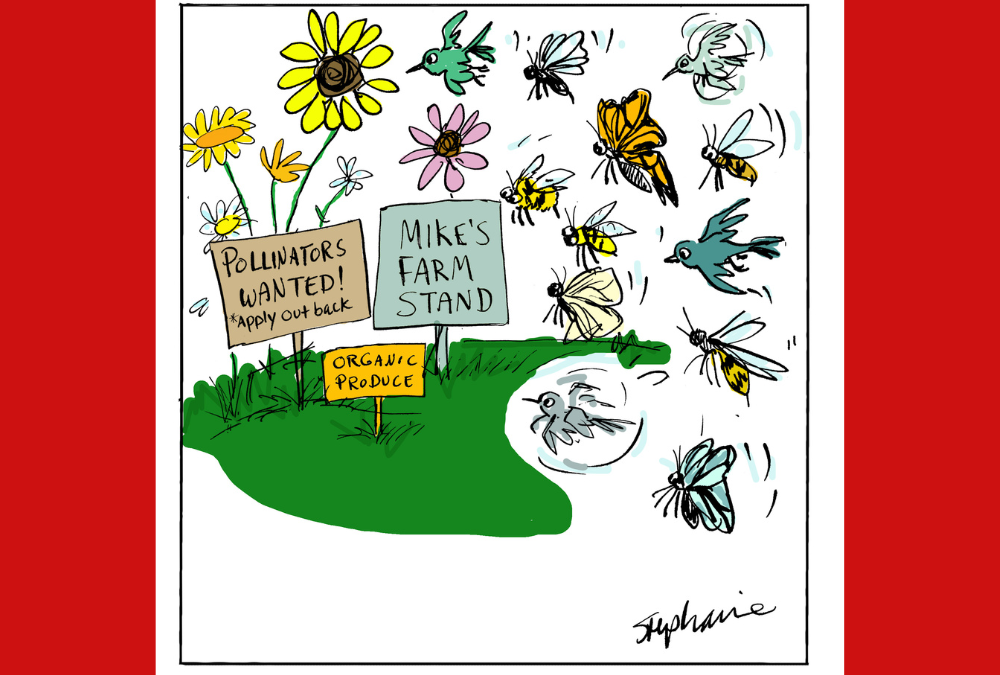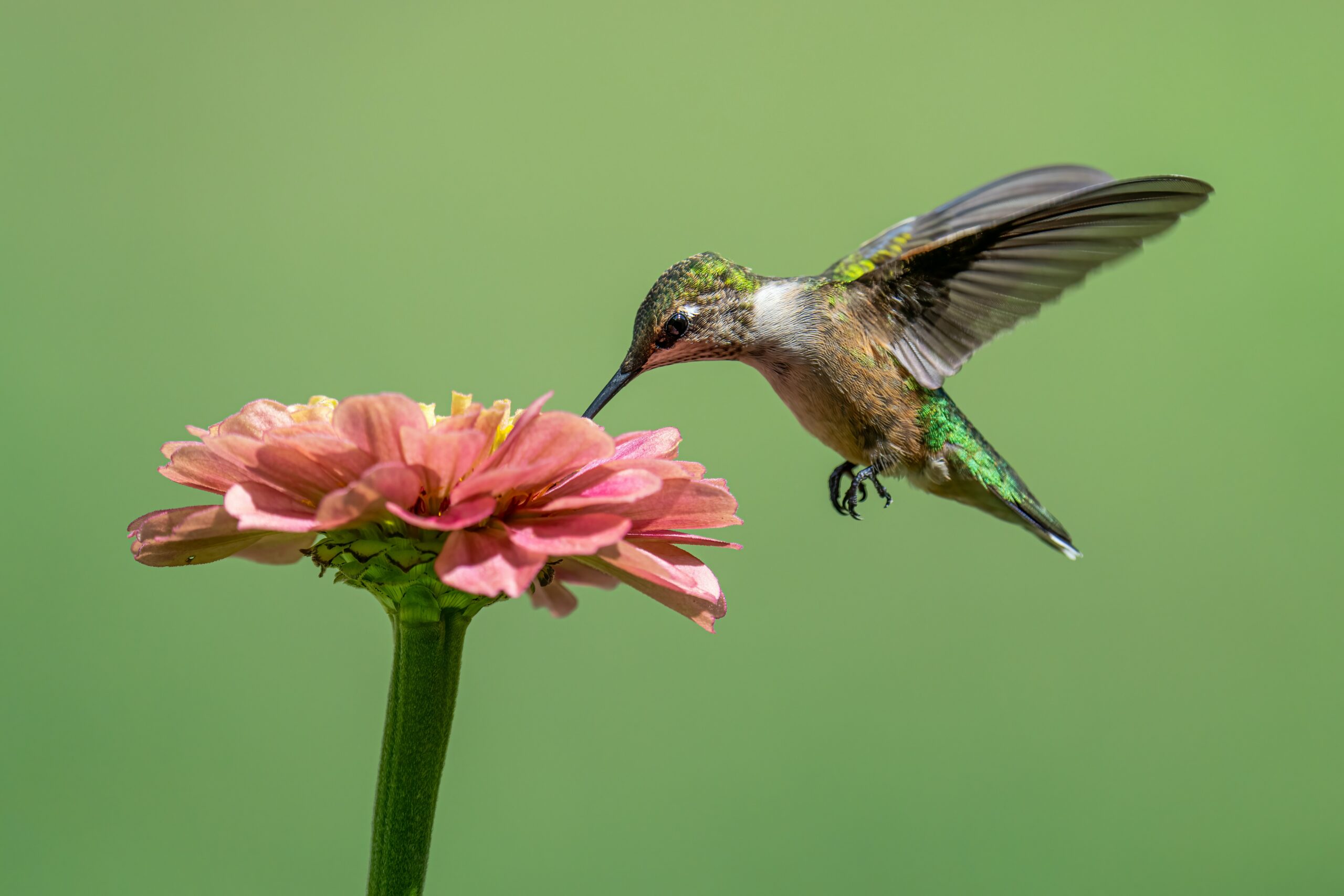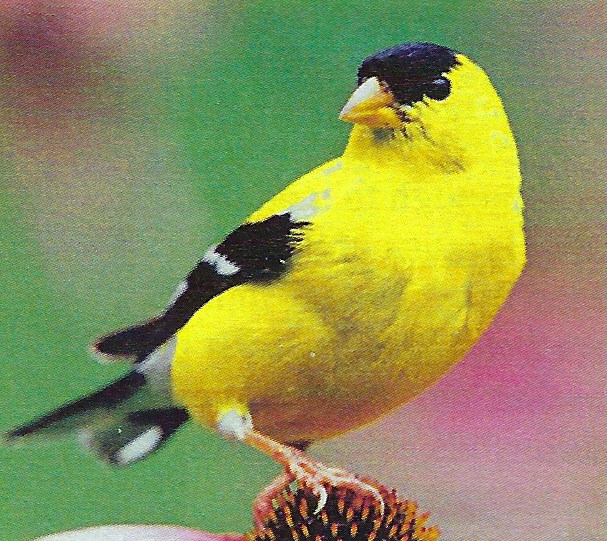
You Say Tomato — But If You Haven’t Tasted One Ripe from the Vine, You Haven’t Had A “Real” Tomato
A warm sun kissed tomato is pure summer bliss. Pick one, add some salt and bite into summers gift. Pare some slices with basil and mayo on good crusty bread — better than lunch at the Ritz. Here are some tips for a successful tomato summer.
For Tomato Plant Success
Lots Of Sunshine
Tomato plants love sun — aim for 7-8 hours a day. Don’t forget to use stakes or tomato cages to keep your plants upright and facing the sun.
Soil
If you are growing your tomatoes in containers, purchase quality potting soil. If planting in your garden, you might want to add a boost after the long winter. Slightly acid soil is ideal.
Fertilizer
Tomato plants grown quickly so they can use some “fuel” to help them along. A water-soluble fertilizer is your best bet.
Water – Water
Your plants will need a lot of water and consistency in watering. The best routine is water every evening every other night. Always water at the soil level to strengthen the root system and avoid foliage disease.
Mulch
A layer of mulch across the soil surface helps keep moisture in and weeds down.
Prune Those Suckers
To get your tomatoes growing faster, get rid of the suckers. You’ll see new little stems sprouting out from the spot where larger branches connect to the main stem. These draw energy from the plant. Pinch them off.
Plant Deep
If you plant your tomato deeply, roots will propagate from the main stem making a stronger plant — not leggy and flop over. When planting, do it deep enough so the bottom set of leaves is an inch or two above the soil surface. Some gardeners plant tomatoes on their sides, which spreads the root system over a larger area as the main stem straightens toward the sun.
Good Tomato Plant Companions — Basil, parsley, and marigolds.
Marigolds repel tomato hornworms and protect roots from root knot nematodes.
Basil, parsley, and marigolds attract beneficial insects while repelling harmful ones.



Recent Comments